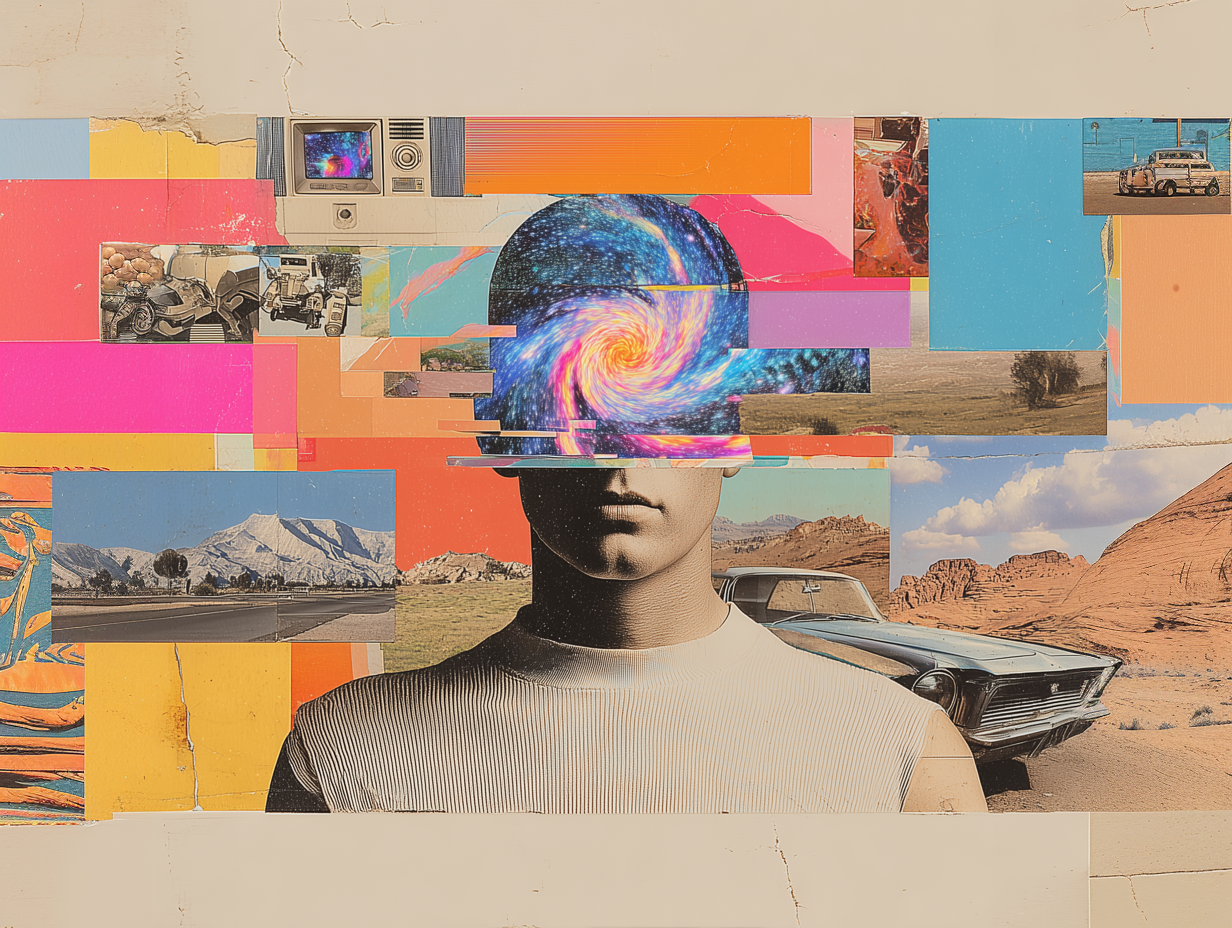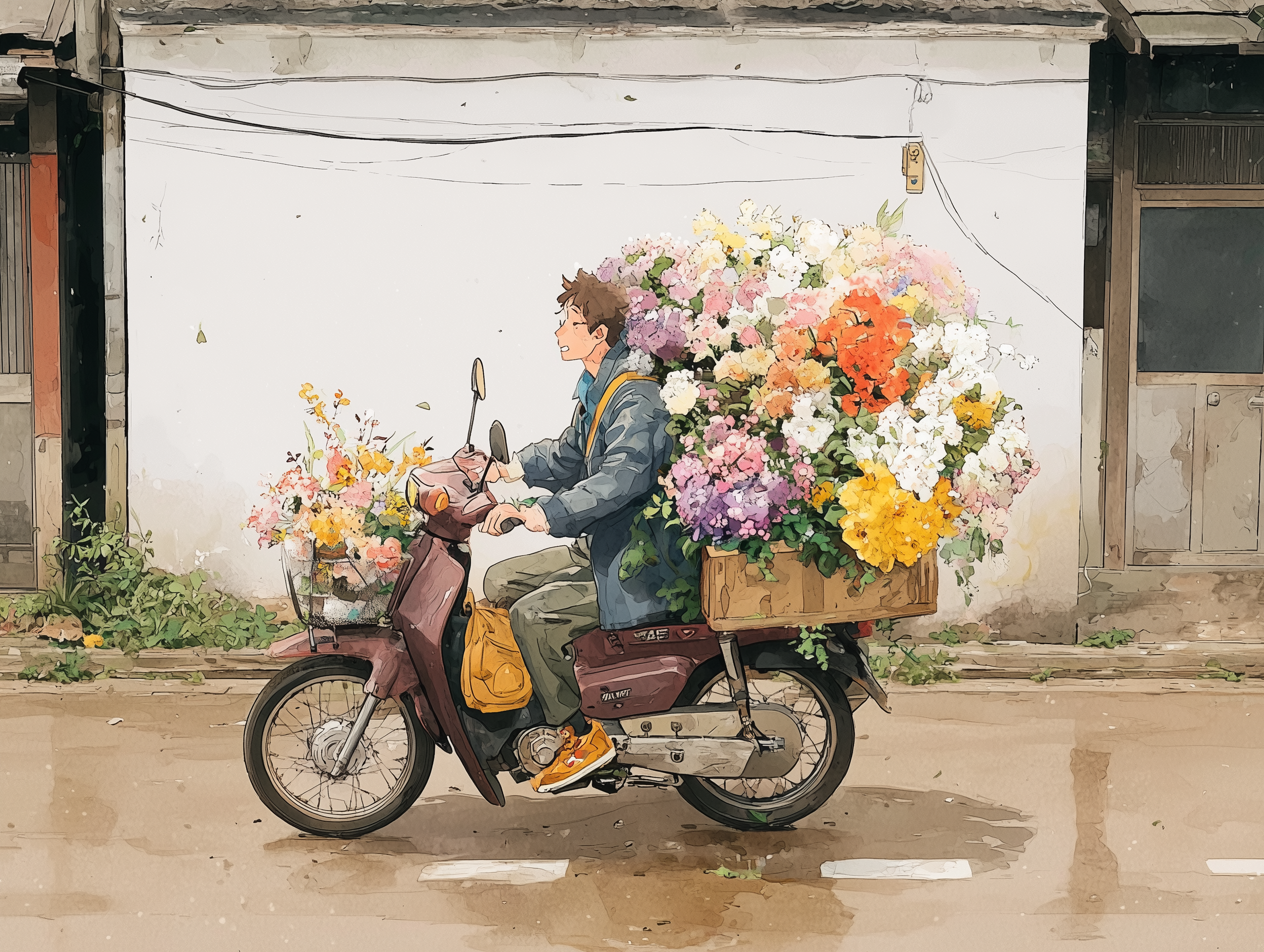AI Practice
How I use AI in my work
Over the past few years, I've been thoughtfully incorporating AI tools into my design practice.
These tools have transformed the way I work. It now feels like I can get more done in the day and explore new possibilities that I couldn’t imagine before.
I use AI to explore ideas, navigate complex problem spaces, make sense of messy information and bring ideas to life.
What follows is a look at how AI fits into my practice and the guardrails I use across my research and design work.
Research & content
AI has fundamentally changed how I tackle the research and synthesis phase of my work.
These tools require a human touch and good judgement, but they've become invaluable partners in making sense of complexity.
Deep research for getting up to speed, fast
Tools: Gemini Deep Research, ChatGPT Deep Research
As designers, we often step into unfamiliar territory. I’ve worked with farmers, scientists and other industries far beyond my expertise.
Deep research tools have helped me quickly build a solid understanding of the problem space, from client history to industry context and the motivations driving the work. This groundwork means I can skip the surface-level questions in stakeholder meetings and focus on uncovering the deeper insights.
Feedback when working solo
Tools: ChatGPT, Claude
When you’re working solo, you can miss things you might catch in a team review. I’ve found AI useful for a first gut check - flagging potential accessibility issues, questioning information hierarchy, or spotting gaps in a user flow. It’s not a substitute for real human feedback, but it helps me iterate faster and improves my work.
Making sense of messy data
Tools: Google’s Notebook LM, Dovetail, ChatGPT, Claude
Working through interview transcripts and research data is core to my practice.
I use these tools to spot patterns across dozens of conversations, pull out meaningful quotes and shape findings into actionable themes and insights.
NotebookLM has become especially valuable here - it cites sources directly so I can verify findings and the audio overview feature turns dense research into something I can easily absorb while I’m doing other things.
Claude’s Artifacts feature helps me visualise data. I’ve created quick personal dashboards to make dense information easy to explore.
It also acts as a kind of conversational partner, sometimes surfacing threads I might have overlooked or sparking new angles to explore. The direction still comes from me, but having that extra perspective helps me dig deeper and connect ideas in ways I might not have seen on my own
Prototyping & building
I’ve recently been exploring tools like Claude, Figma Make, Lovable and Cursor to prototype and build working software.
Going from an idea to something real feels easier than ever and these tools have been incredible for turning concepts into working experiences. Being able to bring ideas to life this quickly has genuinely exciting.
Rapid experimentation with real interfaces
Tools: Claude
When redesigning complex systems like information architectures, static mock-ups don’t capture the full experience.
I’ve used tools like Claude to quickly generate working prototypes that people can actually navigate and try out. Recently, I rebuilt an entire IA as a functional prototype in a fraction of the time it would normally take. It let me explore ideas more freely and iterate much faster than with traditional design tools.
Component exploration
Tools: Claude, Figma Make
When tackling complex design challenges, like a multi-dimensional water usage tracking widget, I use AI to quickly generate multiple component variations.
These definitely aren’t final designs, but they open up exploration paths I might not have considered, helping me push past my first instincts and uncover more innovative solutions.
Personal projects and tools
Tools: Claude Code, Lovable, Cursor
I’ve been experimenting with building functional apps - part learning exercise, part proof-of-concept and part just for fun.
I’ve been building a research companion app that streams live sessions to observers, captures real-time notes, transcribes conversations, and generates structured summaries highlighting key pain points and opportunities. It also suggests discussion points to support synthesis.
I built a tool that matches music to your day: choose the time, what you’re doing and a vibe, and it serves up a playlist or DJ set tailored to that moment.
Creative exploration
I haven’t really integrated AI-generated imagery into my core design work.
I occasionally use it use for quick placeholder content that makes early-stage designs feel more complete.
However, the potential here is huge and I’m fascinated by the artists who draw on art history, styles and advanced prompting techniques to create remarkable visuals. It’s also a complex space, with important questions around how these tools are trained. It’s an area I’m continuing to explore with equal parts curiosity and caution.
A note on AI
These tools are powerful and they often feel like magic. However they need intentionality, critical thinking and a willingness to keep learning as the technology evolves.
Right now, every output still needs human judgment to ensure accuracy and alignment with design goals.
For me, their real strength is in amplifying our abilities. Helping us work more creatively and effectively.



